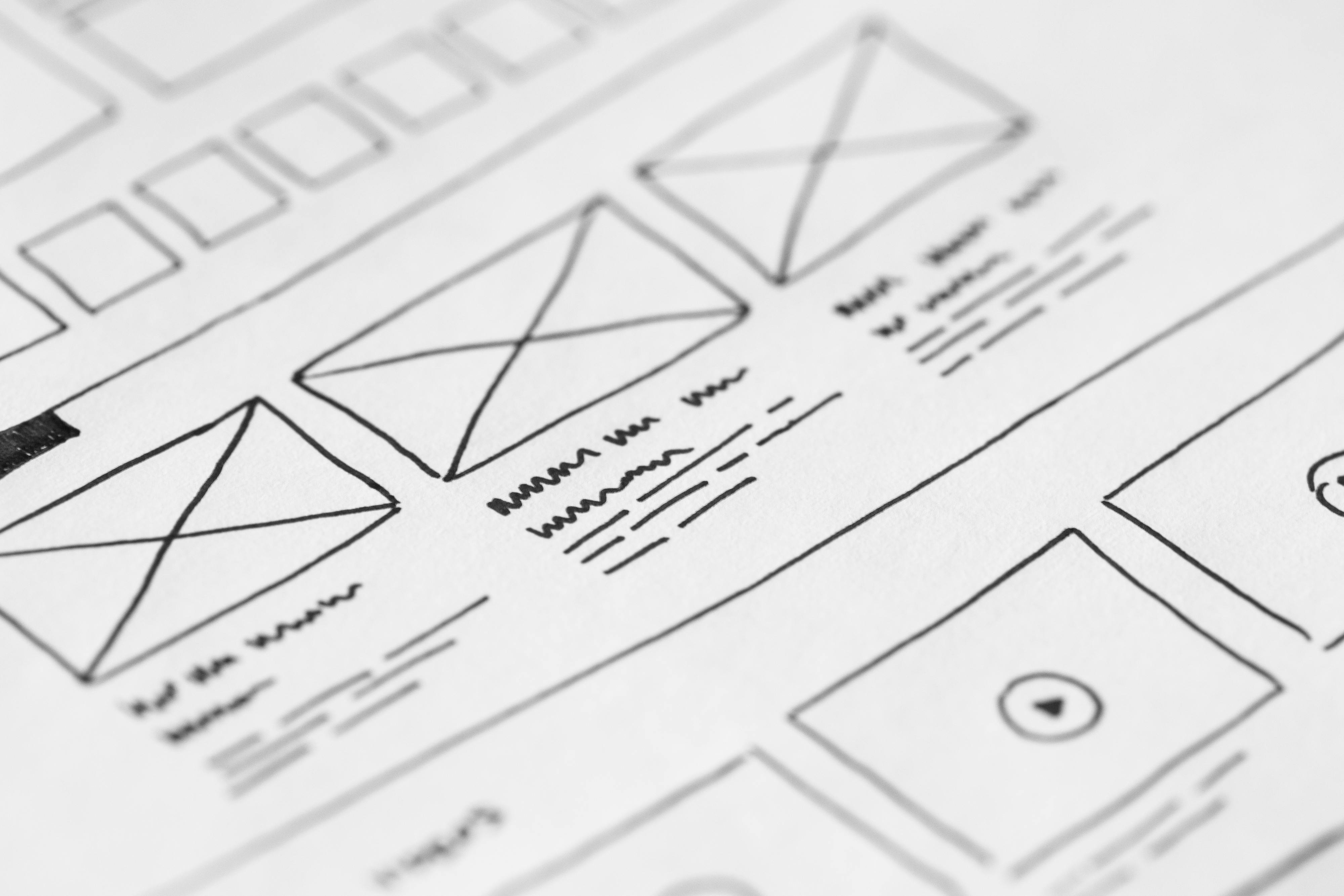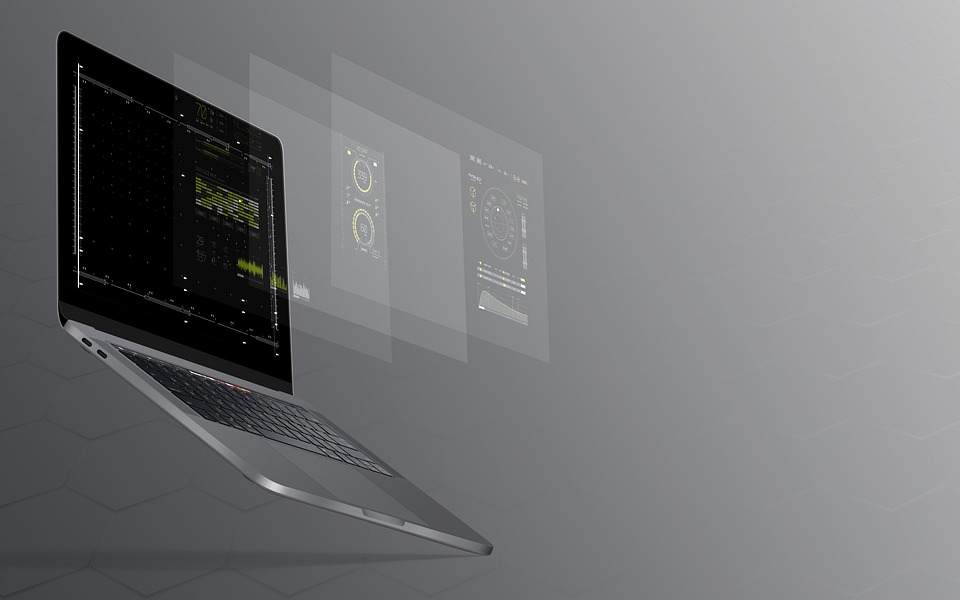If you are interested in developing systems that offer the best in user experience, then you should seriously be considering Information Architecture or IA, as it is often called.
Information architecture is both an art and a science. It deals with the structural design and organisation of information environments, in order to make information easily identifiable, findable and usable.
Information Architecture vs User Experience
While user experience design is focused on creating the best emotional satisfaction for the user, information architecture focuses on creating the best usable version of the same system.
Information architecture can be considered a part of UX design, because the IA design delivers the best possible framework, upon which a truly satisfying User Interface can be designed and developed.
Information architecture makes a system work as efficiently as possible, which is also part of UX design, in general.
The Goals of Information Architecture
The implementation of IA design seeks to help users navigate more easily and efficiently through an information environment or system. In order to achieve this task, the user is presented with 4 types of information. They are:
1. Where they are. This is an exact location within the entire system.
2. What they’ve found. This is information for an information-seeker.
3. What’s around them. This is information about the environment inside the system.
4. What to expect. These are features of the system.
How Information Architecture Works
In order to be able to create a truly efficient information structure, you will need a good understanding of the ‘information ecology’. The information ecology refers to the interdependence of different factors, which all work together to affect an information system.
These factors include:
• Context
Context refers to the resources, challenges, ideology, culture or political stance that the information system is concerned with.
• Content
This is basically the data, the types of data, the size or volume of data, as well as their sources.
• Users
Users are self-explanatory. They are those who seek information, the audience, and the clients. Also of importance, is their behavior. That is, the way they react to certain issues or events.
The Tools of IA Systems
In order to properly implement an information architecture design, you will need the right tools for the job. With these components, you will be able to communicate effectively with the user and thereby, achieve your goals. They are:
• Structures & Schemes
A structure is a fundamental method of organising an information system so that navigation through the system will be easy and logical. It is the blueprint for the system, on top of which a User Interface is then designed. A scheme is on its own, a blueprint for other blueprints.
• Labeling Systems
This refers to how information is represented. For instance, a website might have 1 structure, but which is available in many languages or themes.
• Navigation Systems
Navigation is the method that users employ to go from one piece of information to another.
• Search Systems
A search system allows a user to search for information. It could be simple or highly personalised, or also somewhere in-between.
Conclusion
As you have seen by now, information architecture is a very necessary part of good user experience design services. If you want a functional, robust, efficient and outstanding website, which is also user-friendly and emotionally satisfying, then you need IA design.




